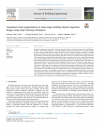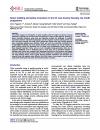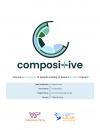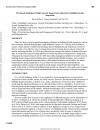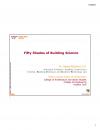Roof fastener systems are comprised of metal screws and plates used to attach roof membranes, cover boards, and insulation. These systems can have an adverse impact on the thermal performance of roof assemblies, as the components create thermal bridges that bypass the thermal resistance of insulation in the roof assembly. This in turn allows heat to escape at an accelerated rate, flowing outward in cold weather and inward in warm weather.





